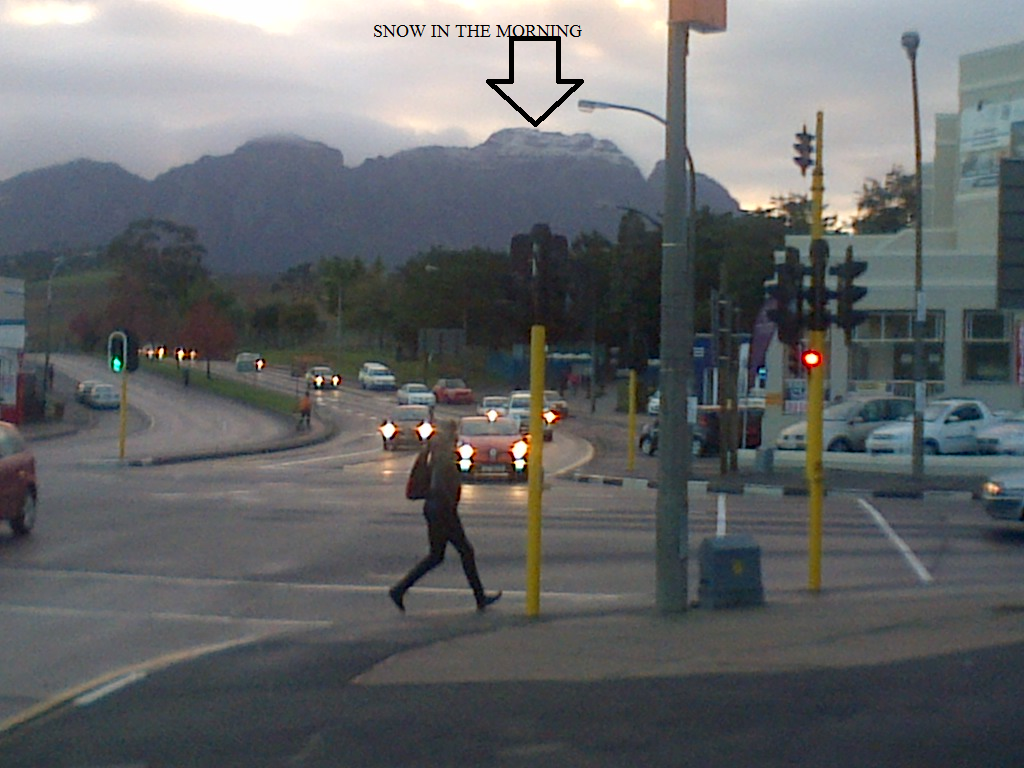Any two terminal linear bilateral dc network can be replaced by an equivalent circuit consisting of a current source and a parallel resistor as shown in figure.
The steps leading to the values of IN and RN are listed:
1. Remove that portion of the network across which the Norton equivalent circuit is to be found
2. Mark the terminals of the remaining two terminal network (a,b).
3. Calculate Rn by first setting all sources to zero (voltage sources are replaced with short circuits and current sources with open circuits) and then finding the resultant resistance between the two marked terminals. (If internal resistance of the voltage and/or current sources is included in the original network it must remain when the sources are set to zero).
4: Calculate In by first setting all sources to their original position and then finding the short circuit current between the marked terminals.
5. Draw the Norton equivalent circuit with the portion of the circuit previously removed replaced between the terminals of the equivalent circuit.











 Step (3):
Step (3):
























